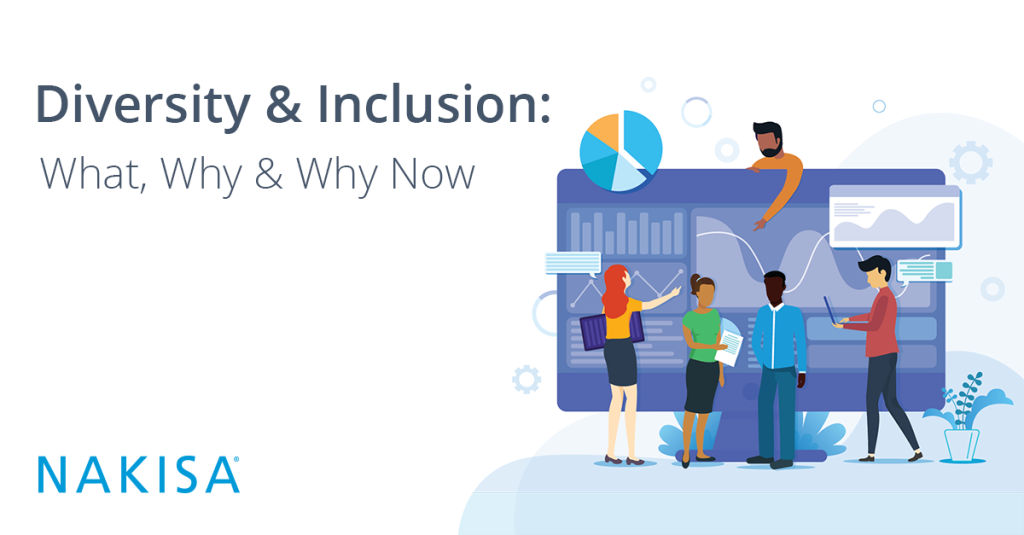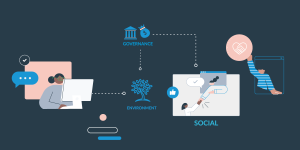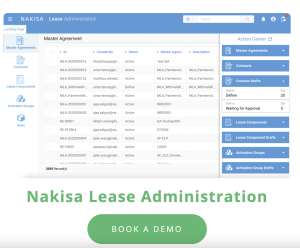The topic of Diversity and Inclusion is ever-more ubiquitous in the business world. Many of the world’s largest organizations have taken on Diversity and Inclusion initiatives to ensure that their workforce is made up of a diverse talent force at all levels of the organization. Some have been mandated by governments or external bodies to report on their workforce make-up and ensure they are meeting quotas. Others have taken it upon themselves to do so.
For large corporations in particular, one of the main responsibilities of the modern Human Resources department is to ensure that their company is hiring, retaining, developing and promoting people of all walks of life. This diversity can come in many forms. It can refer to race, gender, sexual orientation, age, religion, socioeconomic background, able-bodiedness, and more.
Numerous studies have shown the business benefits of employing a diverse workforce. One of the most comprehensive reports titled Delivering Through Diversity was published by McKinsey in January 2018. It states, “This latest research reaffirms the global relevance of the correlation between diversity in the leadership of large companies and financial outperformance”. The study also finds a positive correlation between company performance and gender, ethnic and racial diversity at all levels of the organization.
The study’s findings should be of no surprise. In today’s fast-paced business world, trends can change at the drop of a hat and companies must continually evolve to survive. It’s a huge advantage to be able to draw from a large pool of ideas, perspectives, opinions and approaches to drive innovation and growth.
The rise of Diversity and Inclusion as an area of focus within the business world is intrinsically linked to social movements taking place in society at large. Calls for representation and inclusion have always come first and foremost from the underrepresented. D&I, as it is understood today, has its roots in movements related to Civil Rights, Women’s Rights and LGBTQ+ issues to name just a few. The concept of the diverse and inclusive workplace exists as the culmination of these efforts and will continue to evolve as these movements do as well.
In the corporate world, the language used to describe D&I initiatives is also ever-changing. What started out as an effort towards diversity, largely for the sake of external reporting, has transitioned slowly towards diversity and inclusion. This change in language reflects a shift towards ensuring that all employees, once hired, are treated equitably and afforded equal access to opportunities. The language is slowly expanding to include belonging.
This sense of belonging can seem like an abstract notion and one that is perhaps difficult to quantify. Yet, anyone who’s ever felt left out of a group will understand what it means to not belong. Belonging depends largely on a company’s culture and how safe employees feel at work to be themselves. Do they feel empowered to participate fully in all aspects of company life? Do they feel they can express and defend their ideas? Do they feel encouraged to advance at the company and apply for promotions? Employees who feel a sense of belonging will answer yes to all these questions.
As D&I initiatives become even more prominent in the modern workplace, leadership and key stakeholders will need access to their organizational data to analyze workforce trends as they pertain to specific D&I targets. For instance, a CHRO may want to see a report that details the number of visible minorities hired to management positions in the past two years, or perhaps the number of women hired to specific, traditionally male-dominated roles. Responsibility for this reporting will fall largely on HR, who are the gatekeepers of employee data.
To do this, HR will often have analytics and reporting tools that can give them insight into their D&I initiatives. Some smaller HR teams may rely on Excel and are required to make extensive manual effort to extract and make sense of data. For even the most robust HR solutions, one gap has become apparent; very few HR tech solutions offer functionality that helps ensure D&I results are maintained as companies go through major organizational changes. Most HR solutions draw from live data but don’t have the analytics and modelling capabilities to report on how changes to org structures will affect D&I statistics until after changes have been made. Only when modelling and scenario-building capability are integrated with D&I metrics can companies truly ensure that the D&I results they worked so hard for are maintained or improved when they acquire a new company, execute an employee reduction in force or simply restructure departments.
The modern workplace has come a long way. In today’s competitive job market, employees have high expectations of their employee experience. As the movement towards Belonging in the workplace continues, leaders and HR will need to ensure their efforts to create an equitable workplace are effective, innovative and ultimately, as successful as they can be.







